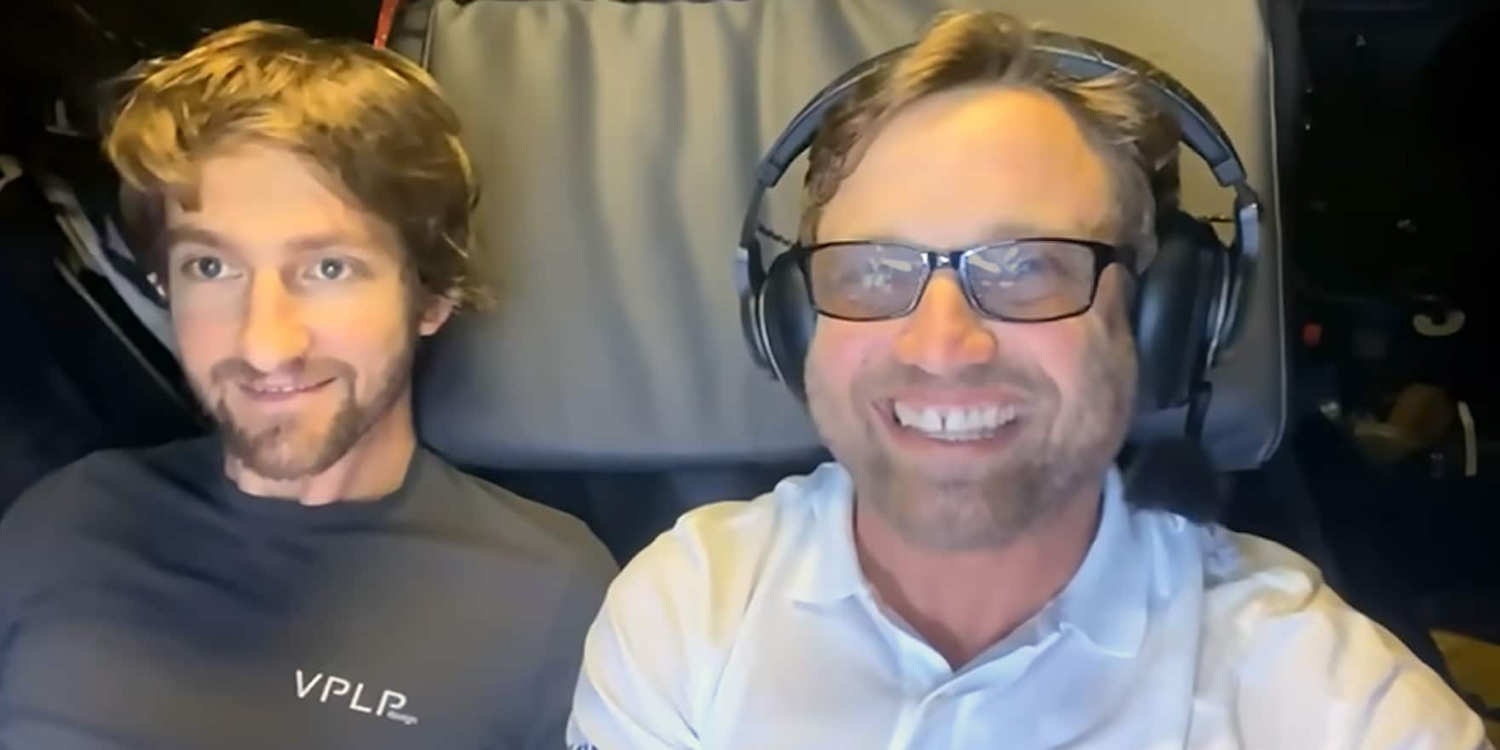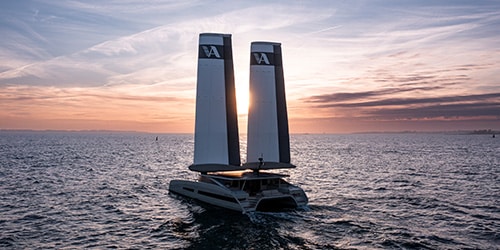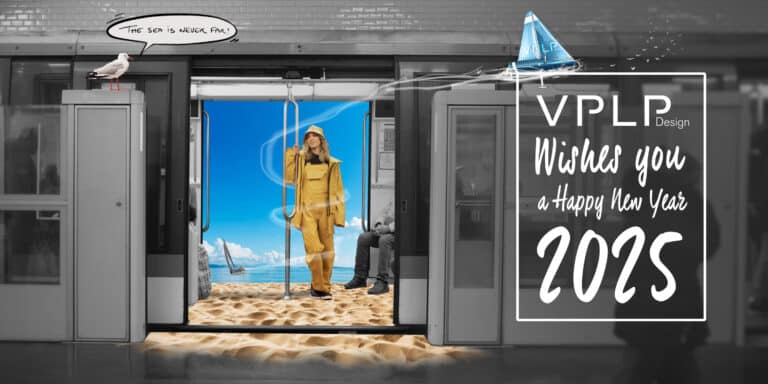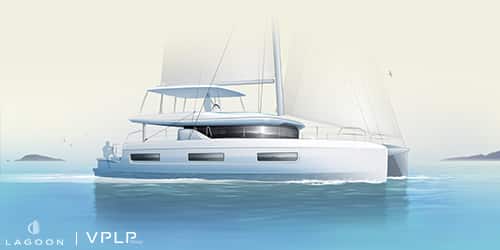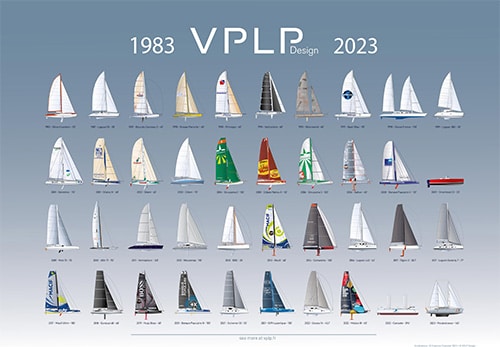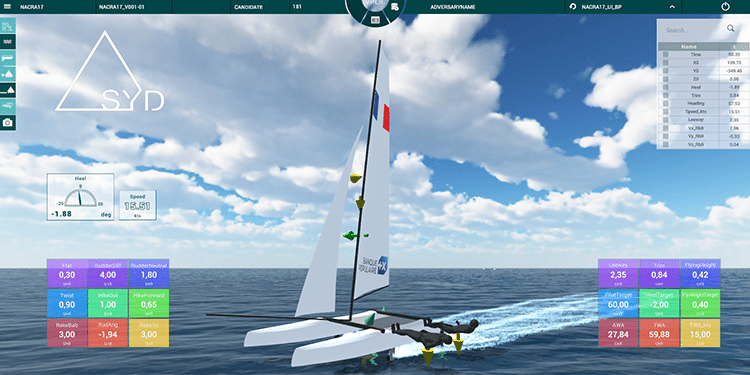When Alex Thomson announced publicly that he wouldn’t be taking part in the 2024 Vendée Globe, he highlighted the quality of his relationship with VPLP Design during his previous two campaigns. His remarks are a fine example of the general philosophy the firm applies to its projects in offshore racing, and in the leisure and maritime sectors too.
Third in 2012, second in 2016, forced to retire in 2020 (likewise in 2008), Alex Thomson will not be crossing the starting line in 2024 for a fifth consecutive Vendée Globe for reasons of needing a break and spending time with his family. But this doesn’t mean he will be withdrawing completely from round-the-world racing, because he can see himself and his team AT Racing helping a less-experienced skipper manage his or her attempt at the Vendée Globe. He has set himself the goal, if he finds the right partners, of launching a new IMOCA, and entrusting the design and build to VPLP Design and Carrington Boats respectively (the same team having produced his previous Hugo Boss, launched 2019).
“The aim is to ensure continuity in the way we work, which is very important,” said Alex in an interview for the Vendée Globe website. I’ve worked with many talented architects, but VPLP always listens with an open mind when we suggest things, such as my [enclosed] cockpit. To be honest, Jérémie Beyou’s U-turn [ed. note: after two days in the Vendée Globe] and my retirement from the race were heartbreaking, and I felt really bad for the architectural firm which designed two of the most beautiful boats in the fleet. It feels like I owe them one.”
This open-mindedness highlighted by Alex Thomson has always been a leitmotif for VPLP Design, and it is part of the firm’s holistic approach based on dialogue: “If Alex came to us, it’s because he knew we would design the boat together,” says VPLP co-founder Vincent Lauriot-Prévost. “It’s the guiding principle of our work on these offshore racing projects, building them through shared expertise. The enclosed cockpit was his idea. He wanted to be able to sail round the world with minimal exposure to the elements, and with all the controls close to hand. It turned out that we were working on a similar idea for MerConcept’s SVR–Lazartigue.”
“Racing boats like Alex Thomson’s are very emblematic of our project management philosophy which is founded on the qualities of listening, observing and adapting,” says Simon Watin, VPLP Design chairman. “We always endeavour to understand the view of the skipper, the owner or the shipyard so we can formalize it and translate it into a design project, without compromising on the technical and performance qualities we are known for.”
Skills Transfers Between Divisions
The same logic was applied to the design of the latest of the Ocean Fiftys, Koesio (formerly Planet Warriors), which Erwan Le Roux and Xavier Macaire sailed to a second place in the most recent Transat Jacques Vabre. This fifty footer features a cockpit “hut”. “It’s all the fruit of a holistic approach, even though such comprehensive protection was difficult to integrate into a 50’ multihull which has less space under the deck beams than an IMOCA or an Ultim. Projects like these are always custom builds, taking into account the uniqueness of each team,” says Vincent Lauriot-Prévost.In recent years VPLP Design has been strengthening its capacity to offer bespoke designs by hiring new competencies so that the maximum amount of work can be done in-house: “The entire VPLP team mobilizes its many skills right at the start of discussions. Thanks to our very own tools which we developed in-house, we don’t subcontract as much as we used to,” says Vincent.
In addition to being able to better satisfy the needs of the customer, this joined-up approach founded on interdisciplinarity, dialogue and skills transfers is a way of mobilizing, on a single project, all three of the firm’s divisions (Racing, Yachting and Maritime). “When designing sailing cargo ships, we call upon our specialists in the structure and rigging of IMOCAs and luxury yachts to work on the calculations and forces applied to aluminium rather than carbon,” says Simon Watin. “This allows us to vary the project horizons of our colleagues.”
